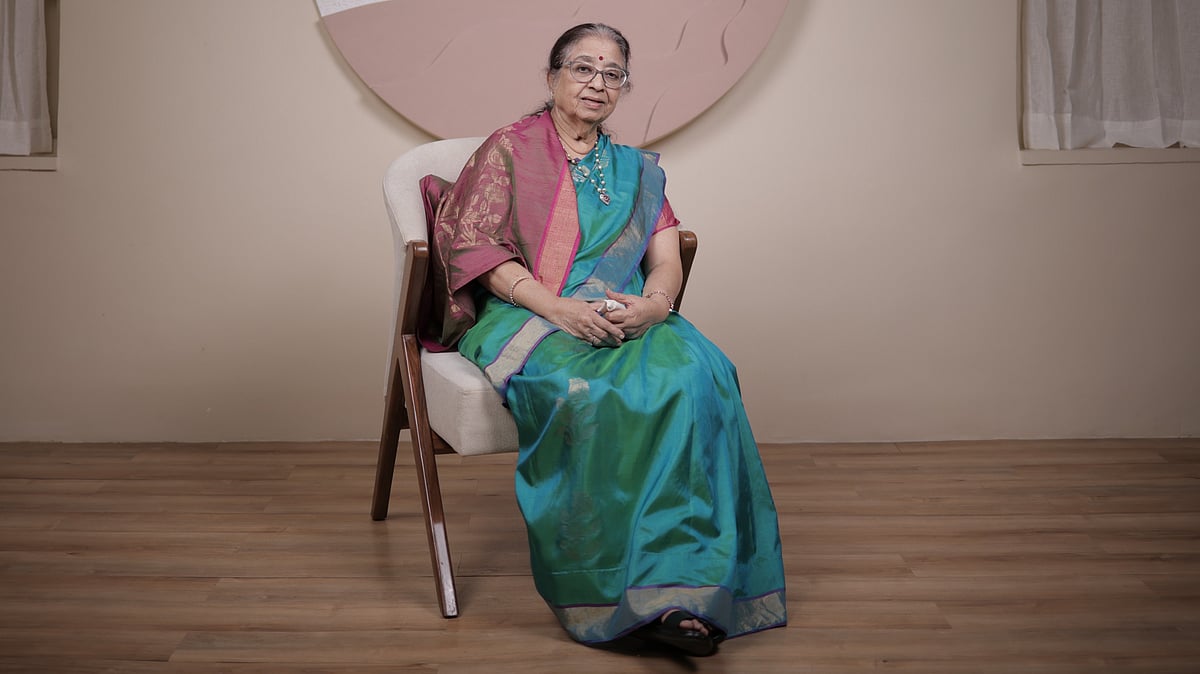Don’t be such a Sciatica! Confused what it means? You may have heard a variation of this phrase as an everyday common banter. It means – don’t be such a pain in the butt! Jokes apart, experiencing sciatica or pain in the buttocks is very common nowadays, as our daily routine has become more and more sedentary – especially for those living in urban areas. Most office goers have jobs that require them to sit all day long, resulting in many muscles growing chronically tight. The vertebra discs then degenerate and herniate compressing the sciatic nerve. Luckily, there are home remedies to reduce symptoms and beat sciatica. Today, I’m going to explain what sciatica is and share tips on how to heal sciatica.
The sciatic nerve, also called ischiadic nerve (Nervus ischiadicus in medical language) is one of the largest nerves in humans and animals. Beginning in the lower back region (L3 to S3) – the part where most disc herniation’s occur –and runs down along your legs, all the way down to your limbs. The term “Sciatica” is not a diagnosis. It does not explain the cause of the pain. In fact, it is used to describe multiple symptoms that doctors cannot find one direct cause for – because there could be multiple reasons. Whatever the cause may be, when you are having sciatic pain it means that the sciatic nerve is irritated or compressed. The medical term for sciatica is “Radiculopathy”, which means that the nerve is compressed at its roots in the lower back.
If you have sciatic pain, you might experience the following sensations:
· Pain in one buttock, especially when sitting on it.
· The pain could be accompanied with sensations of burning and tingling.
· One could experience a “dull ache” one that cannot be pinpointed to easily with reference to a region where the pain occurs.
· Weakness or numbness of the leg or foot.
· A sharp pain when standing up or walking for a longer time.
You can find a small muscle called “piriformis” in the part of the lower back where the sciatic nerve has its roots. It is part of the deep hip muscles and has various function for external and internal rotation of the leg. While human anatomy is the same in all individuals in its basics, the exact position of the sciatic nerve, how thick it is and the position of the piriformis muscle is different for everyone.
Thus, some people might never experience sciatica because there is enough distance between the piriformis muscle and the nerve. However, in some people, this distance is very small. On top of that, most people’s piriformis muscle is very weak. In fact, the piriformis muscle is often referred to as the 4th gluteal muscle. Sitting all day and hardly moving will cause this muscle to get chronically tight and weak. When this muscle tightens up, it gets dangerously close to the sciatic nerve. If it is so tight that it starts to put pressure on the nerve, causing sciatica to begin. A tight piriformis muscle can be found in nearly all patients dealing with sciatica. The same principle as for the tight piriformis muscle applies for spinal disc herniations as well.
Unfortunately, most herniations occur in the lumbar region, L3-L5, which is exactly the root of the sciatic nerve. Thus, once the disk is herniated, it will start to compress the sciatic nerve. One of the main symptoms of patients with a herniated disk is the sensation of numbness and weakness in the leg. If the cause is not treated right away, your muscles of the leg will weaken, and the nerve gets damaged.
Another form of compression of the sciatic nerve. Spinal stenosis is one of the most frequent reasons for back pain in older generations. Should you have a herniated disc, or suspect you have one, it is highly recommended that you to visit your doctor to explain all your symptoms. There are several yoga and stretching exercises for single or herniated disc, but surgery may be the only answer if you suffer from multiple herniated discs. This is different for each individual, so make sure to assess the reasons.
As a majority of patients with sciatica (herniated disc or not) also have a very tight piriformis muscle, the following tips and stretches will not only relieve your pain but also help you to prevent sciatica in the future. According to acupressure sciatica pain radiates down to leg from back. The pain may also occur in the leg without affecting the back. This is also a type of sciatica pain.
Chronic lower lumbar ligament strain: When the back muscles fail to protect the ligaments in maintaining posture, the pain is usually better with rest and worse on exercise. For treatment, focus on the following points, Sp 3, GB 34 ↑ (see images below)
Spondylosis: This is ankylosis of vertebral joints. There is back pain which becomes worse with movement. There is tenderness in the affected joint. The movement of the joint is restricted, and spinal muscles are stiff and under spasm. The synovial joints with cartilage and ligaments are affected. For treatment, focus on the following points, GB 34, Liv 8 UB 18 ↓ (see images below)
Spinal Osteoarthritis
Spinal osteoarthritis includes the following: (i) Degenerative changes of vertebrae bodies (ii) Narrowing of the disc (iii) Hypertrophy of the bone at the joint margins which leads to formation of Osteophytes (iv) Osteoarthritis of the spine can be very serious without causing any symptoms. (V) In most cases it causes a pain which is worse on exertion and in the morning. (Vi) There may be feeling of stiffness in getting up from the sitting position.
For treating severe Sciatica, focus on these points: UB 25, 26, 47, 51, 54, 57, 60, GB 30, 34 ↓ ALL (see images below)





Ayurvedic acupressure
Sciatica generally is of 10 types, as it is made by the ten divisions of the sciatica nerve branches. To find which branch is affected, can be diagnosed through Toe Touch Diagnosis (TTD) by applying slight pressure and according to the related toe number. The Treatment is given by applying Chakra Magnet or 5 – star magnets. If more than one Toe is found to be affected, find the inference using chakra magnet and based on that the different points on the RMM should be sedated/toned, with chakra magnet. Since various nerves connect the Spinal Cord to the different organs in chest and abdomen, this treatment cures not only sciatica but also the various parts of spine and the attached organs simultaneously.
The points of treatment given above are meridian points. The location of these is given in the figures below. If you are new to finding these points, please don’t hesitate contact us, our phone no is given on our website. Training is available online.
Sciatica could also be treated through Mudra therapy. Gyan, Vayu, Pankaj, Apaan, Pran and Merudandh are the mudras that are effective against Sciatica.










